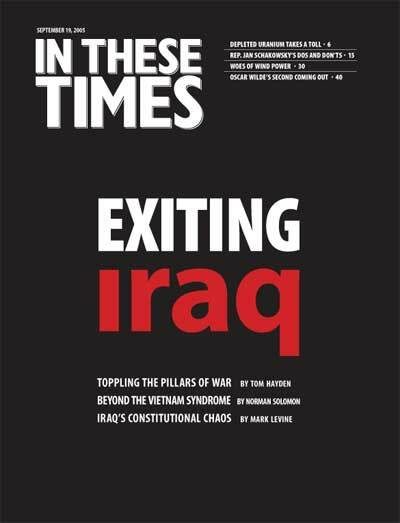W.E.B. DuBois wrote at a time of breathtaking social change, a time not unlike our own. The black social critic, activist and writer documented how African Americans fled the bitter roots of sharecropping in the Jim Crow South only to find themselves at the margins of the bustling industrial economy of cities in the North like Philadelphia.
The railroad ushered in dramatic change and Philadelphia, a mercantile and industrial powerhouse, had taken its place as the center of the U.S. railroad industry. In books written in the 1890s and early 20th century, DuBois captured how railroad barons and white labor union leaders forced African Americans into densely populated brick row homes on sewage-filled streets on the wrong side of the railroad tracks, away from the commerce and economic development on the other, whiter side.
Like those turn of the century railroads, the Internet has connected the entire country and transformed many industries. Were he alive today, DuBois might similarly conclude that the digital divide has a color line running through it.
As was the case with ownership of and access to railroads in the industrial era, control over and access to broadband connectivity is defining global, regional and individual success. In turn, it is shaping whether African Americans, Latinos and the poor will continue to live in economically strip-mined neighborhoods like Philadelphia’s Kensington.
Last year, city leaders announced a program to provide universal access to Wi-Fi, wireless technology that provides individuals and organizations with Internet connectivity. The city’s Chief Information Officer, Diana Neff, proposed a strategy to “create a digital infrastructure for open-air Internet access and to help citizens, businesses, schools, and community organizations make effective use of wireless technology to achieve their goals.”
But free to low-cost Wi-Fi access represents a threat to big telecoms and cable providers that reap billions by charging for Internet access while tapping into the publicly-owned electronic radio spectrum that facilitates wireless communications.
Like the railroad barons of DuBois’ time, the CEOs and lobbyists of telecom and cable giants worked against the interest of Philadelphia’s majority. Claiming unfair competition, representatives of big business lobbied Pennsylvania legislators to outlaw free municipal Wi-Fi for the 75 percent of Philadelphia’s poor who Neff estimates have no access to the Internet. Media reform advocates and local officials defeated those efforts earlier this year in a victory that has become a benchmark for activists in other cities.
Like many in the media reform movement, DuBois might see the strategic import of securing universal Wi-Fi access in the City of Brotherly Love. Yet, unlike the members of the mostly white media reform movement (and unlike most U.S. “progressives”), he would work and live in Kensington or other poor, unwired neighborhoods and would organize there – just as he did when he helped establish the NAACP. Living and organizing among the poor informed his passion to fight what he called “the evil which a privileged few may exercise over the majority.”
That such a spirit – and practice – is lacking in the media reform and larger progressive community bodes ill for political work in the United States. The media reform movement must adopt not just DuBois’ passion for issues like race, but his methods as well.
For now, a monochromatic color spectrum (as in various shades of white) divides the movement from people like Saskia Fischer, an organizer with the United Church of Christ’s Media Empowerment Project. Consider her the exception to what some call the “unbearable whiteness of media reform.” Fischer has heeded DuBois’ call to attack the color line by engaging working people in what she and others prefer to call the “media justice movement.” The term “includes people of color – and is more radical,” says Fischer. Fischer, herself a young Indian and Dutch immigrant, works with black, Latino, Arab, immigrant and other communities by linking licensing of the public spectrum, computer and internet access and other media issues to local concerns like education and jobs.
As effective as the organizing of media reform groups like The Center for Digital Democracy, the Media Access Project and Free Press is, the groups are increasingly recognizing the need to cross the color line in a country where most major cities are, like Philadelphia, “majority minority” cities. Organizing in and with non-white, working class communities will add vitality and urgency – and a large base.
Failure to broaden the movement comes at a time when the right is reengineering itself to be more inclusive. “Media justice issues are life and death issues for our communities,” says Fischer. Learning to navigate the digital divide’s color line may be similarly fateful for the progressive movement itself.





